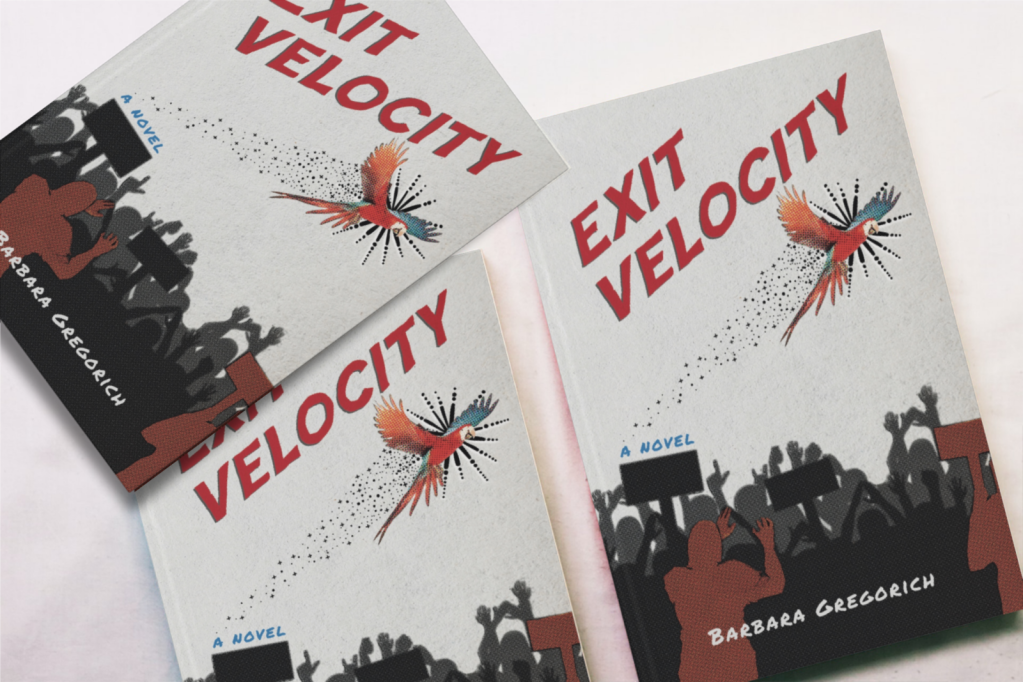I suspect that every person who participates in indie-publishing has different opinions on how to market a title before its publication day. I myself have tried different approaches with different books: in other words, I haven’t followed a consistent pattern. That’s because, frankly, I’m not sure what works best.
Take the question of reviews. Reviews help sell books, as we all know. But there are different kinds of reviews: professional reviews, and reader reviews. It used to be, before the days of the internet, that professional reviews in journals were the only kind of reviews that existed. But then came the computer age and Amazon and online selling. Now readers leave online reviews, and these reviews help sell books.
Highly popular books receive thousands of online reviews . . . so many, in fact, that it feels like a crime to not buy the book. Barbara Kingsolver’s Demon Copperhead, for example, has more than 82,000 reviews on Amazon, averaging 4.3 stars. I repeat: it seems like, if not a crime, then at least a dumb idea to not buy such a book. How could 80,000 readers be wrong?
So, whether an indie author wants to spend time requesting reviews or not is kind of irrelevant: the fact is that if you want your book to sell, you must seek reviews.
At some point I’m going to write about the whole problem of obtaining reader reviews — but for now I want to talk about an indie author requesting reviews in professional journals.
For Exit Velocity (pub date June 4, 2024) I decided I would put more effort into requesting professional reviews than I had for any of my other previously self-published books. I put a lot of effort into getting professional reviews for Sound Proof (2011) and Jack and Larry (2012). I did get reviews, but not as many as I wanted. For Exit Velocity I have requested at least twice as many professional reviews as I did for the two titles I mentioned.

I determined that I would start sending my book out for professional reviews six months in advance. Thus in December I submitted either the manuscript or a query letter to nine journals. In January to three additional journals. Likewise in February to three more. Still another three in March — and I’m aiming for twelve in April. The reason for this seemingly odd staggering of submissions is that the journals all have different submission-date requirements. By the time I finish these submissions I will be well into the last six weeks before publication. At that point the chance to receive professional reviews will be pretty much gone.
I can’t even begin to relate how time-consuming this has been. In order to submit to Library Journal, for example, I had to send the PDF to them six months in advance (I did it in six months and seven days, thank you). As part of the submission process I had to fill out all kinds of information, including downloading an Excel sheet, filling it in, and uploading it back to Library Journal. I am not a fan of Excel sheets.
As I write this blog, I have already received one professional-journal review, from Kirkus Reviews. I’ve posted excerpts from it on Amazon and on my web page. If Exit Velocity receives more professional reviews, then I’ll be able to post them under the “Editorial Reviews” section on Amazon, also. This is very important because potential buyers read these reviews and are influenced by them . . . maybe more so than by reader reviews.
I started this marketing job (seeking professional reviews) on December 3, 2023. I won’t know the final results until June 4, 2024 — give or take a few days.
———————————————
Exit Velocity is available for presale on Amazon, Barnes & Noble, Books a Million, and everywhere books are sold. You can also follow Barbara Gregorich on Amazon.


4 responses to “Exit Velocity: Professional Journal Reviews”
[…] Barbara Gregorich’s recent post about the process indie authors go through to get professional reviews left me thinking about reviews in a very different way. […]
LikeLiked by 1 person
Ahh congrats on the Kirkus review! And thanks for the insights into review-gathering strategies.
LikeLiked by 1 person
You’re welcome!
LikeLike
Barbara, congratulation on that great review from Kirkus! I can’t imagine the work to send out all those requests, it’s mindboggling but necessary. Love the cover so much!
LikeLike